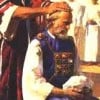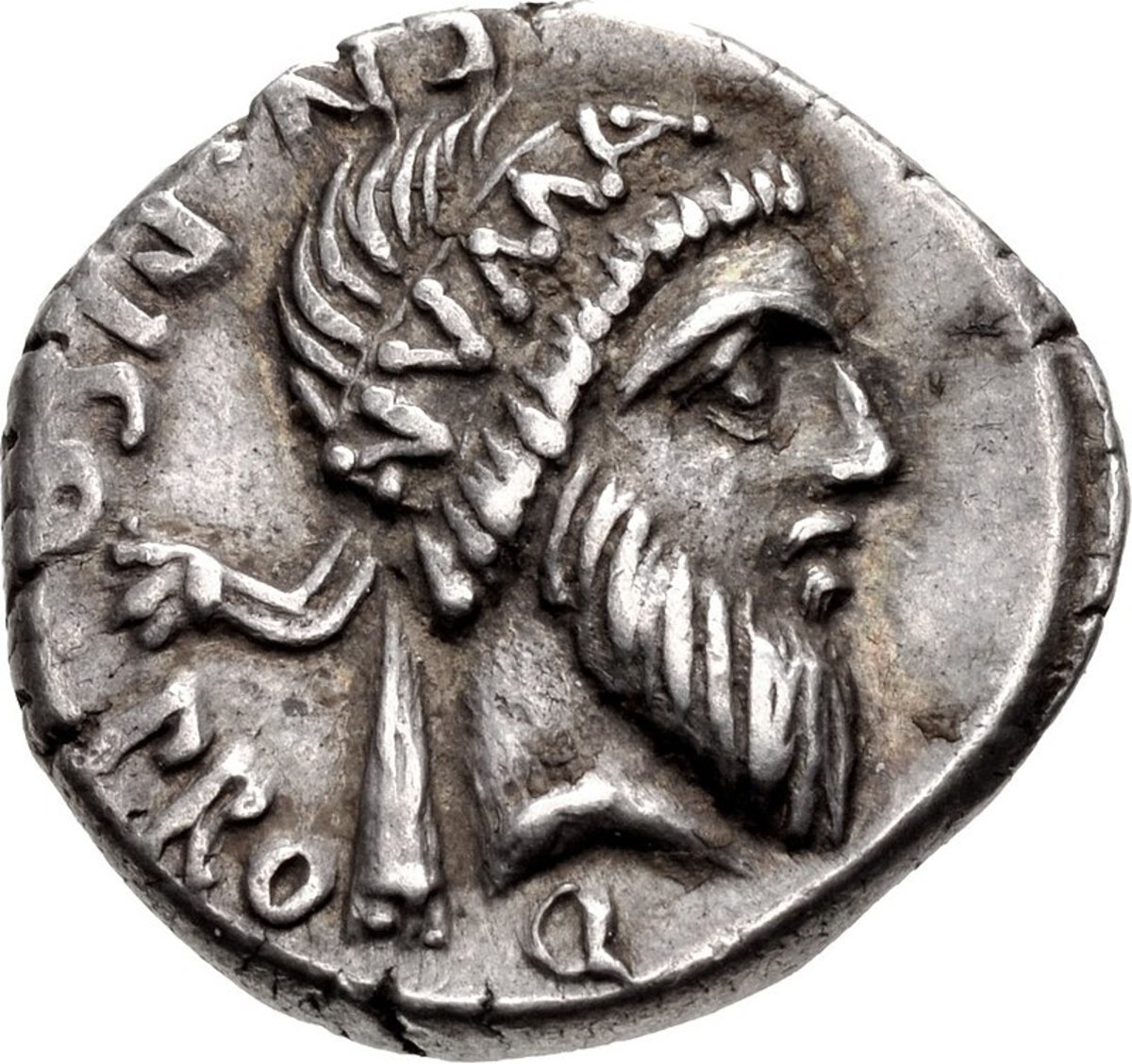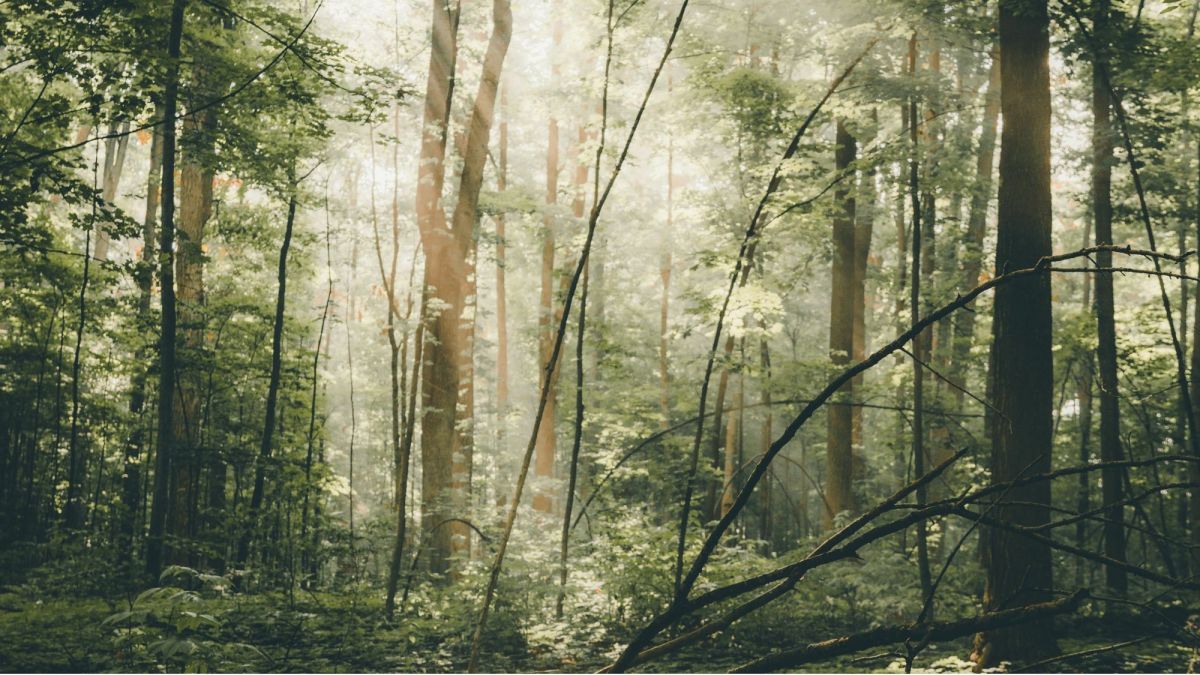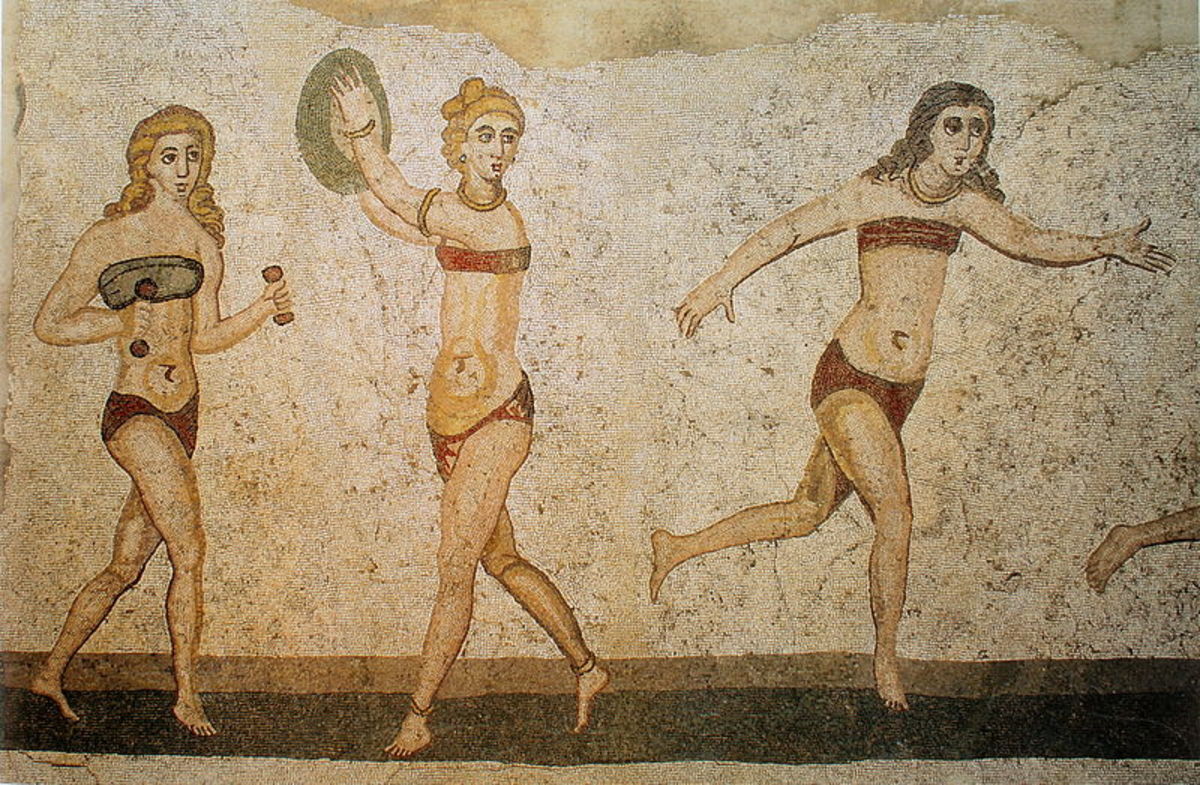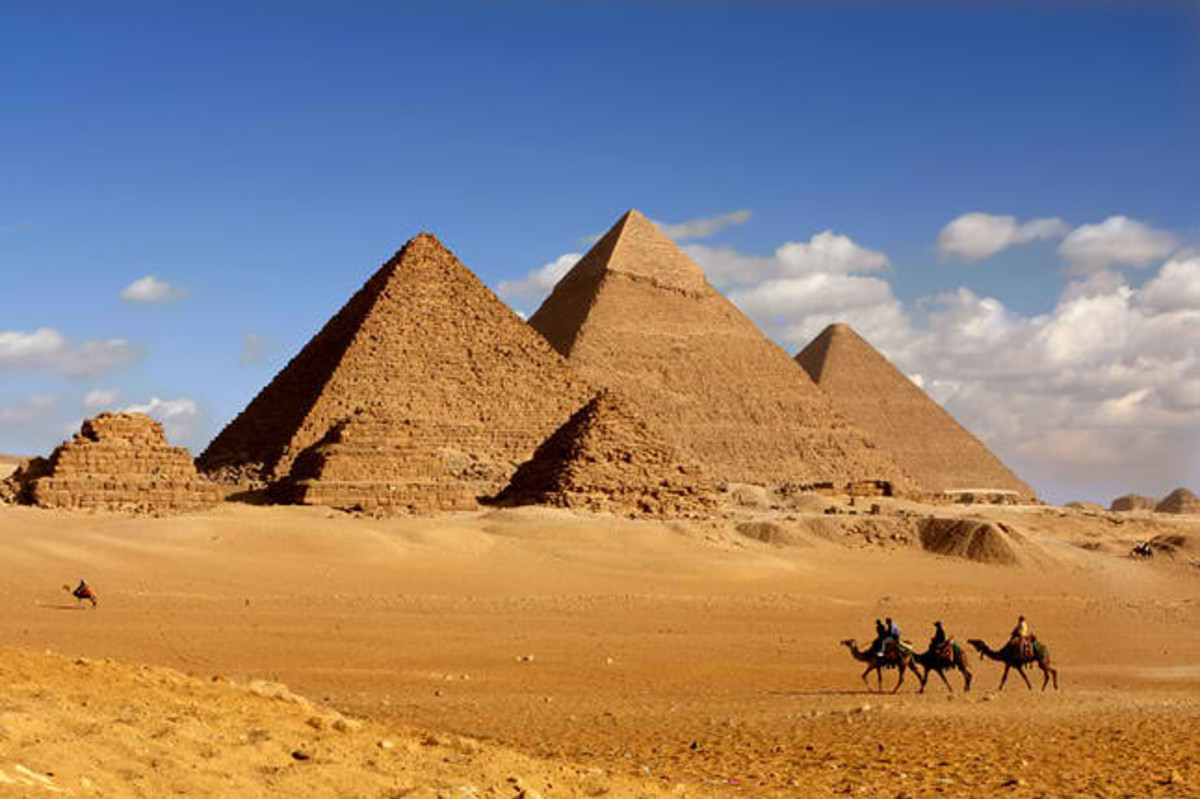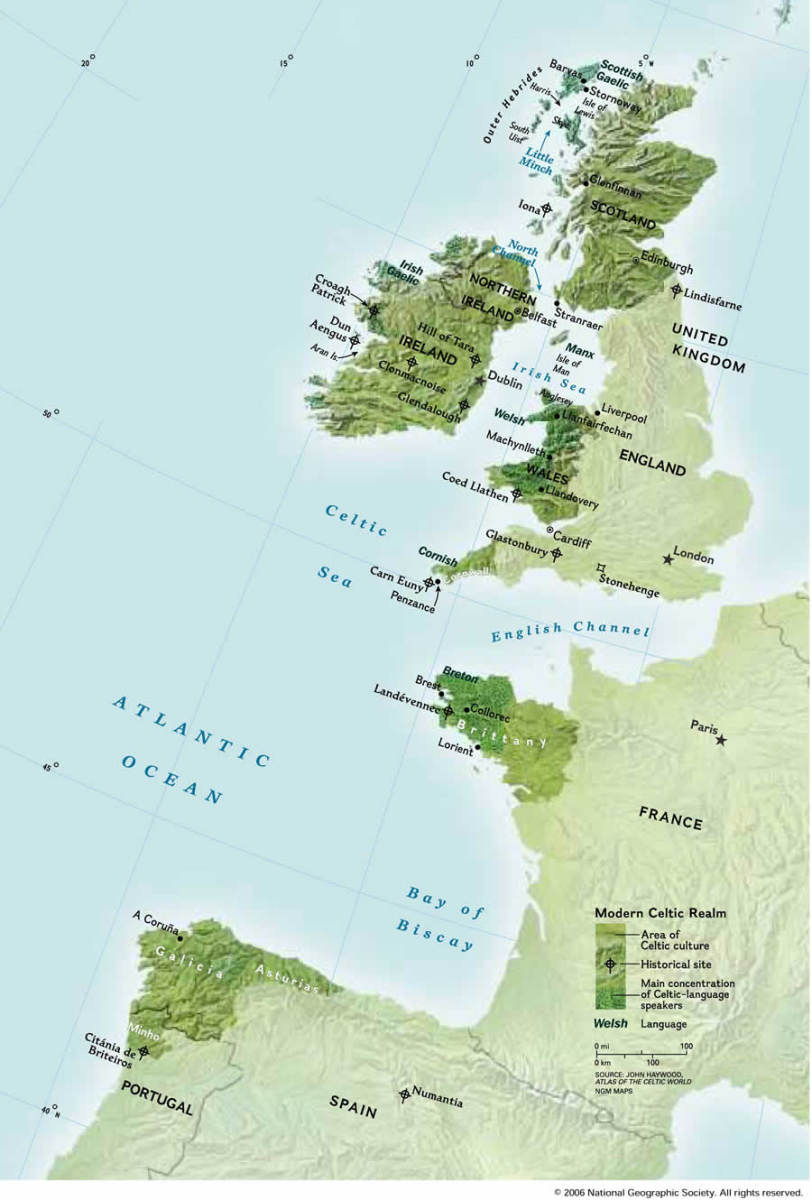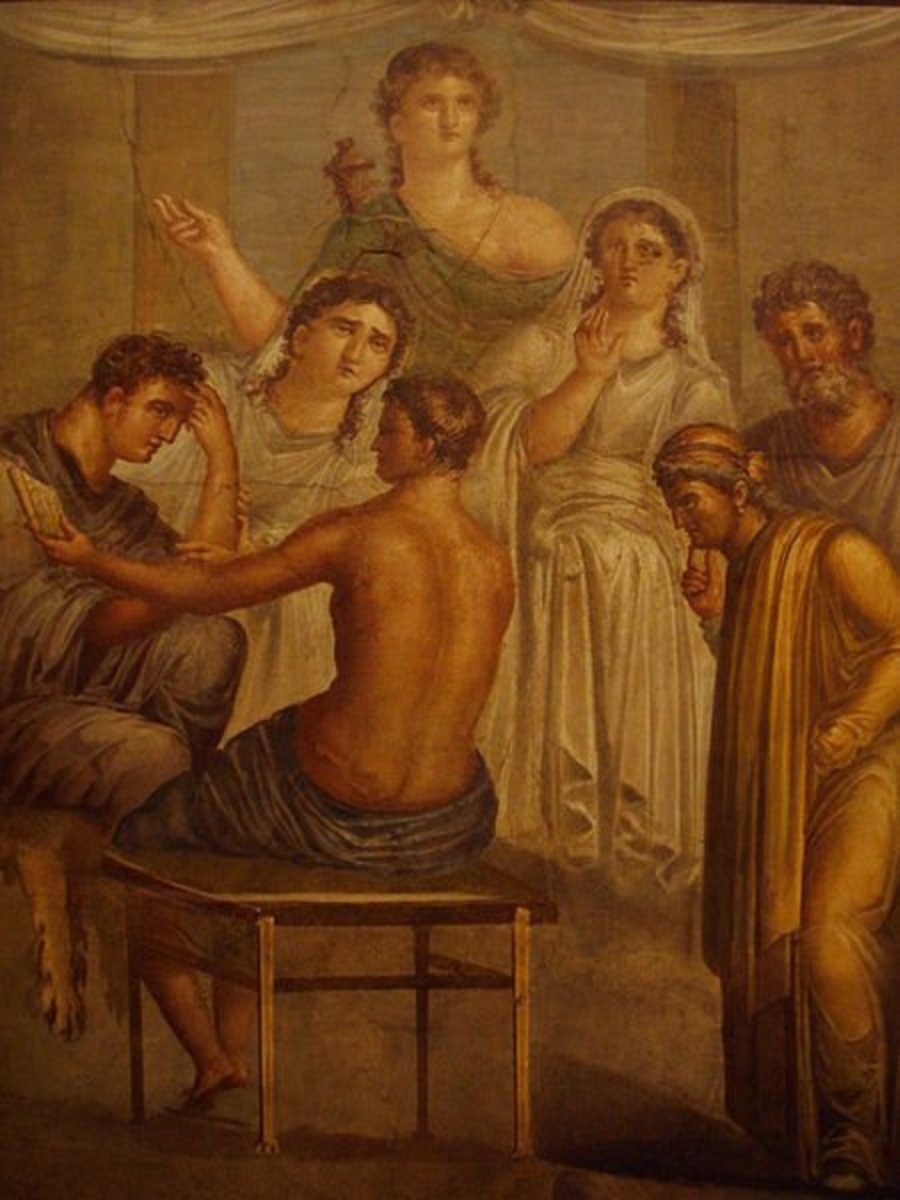Masonic History Part 2
READ PART ONE FIRST
Although it is not essential to read the first Hub at http://hubpages.com/hub/Masonic-History it is advisable if you're trying to have a full appreciation of the content of these articles. History as you must realize in not a string of sequential events with one civilization eventually replacing another. In fact it is no different than a juggler with his hands full of balls tumbling through the air. At any one time one of those balls is on top, only to find itself at the bottom in the palm of his hand ready to be tossed up once again. Each one of those balls represents a civilization. They are all interdependant on one another, interacting and rotating about one another and having the same disasterous effect as when one ball is dropped or knocked from its position. Everything else will crash as a result.
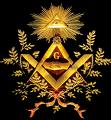
PART TWO
As promised, I'm continuing the early history of Freemasonry from an exclusion standpoint. By examining current theories and eliminating them as possibilities, in principle it should leave us with the most probable origin remaining. For those following on from the first article at http://hubpages.com/hub/Masonic-History you will realize that this is no easy task since secret societies failed to record their secrets until much later. Nothing is every secret, just merely delayed but nonetheless, we’ll work our way carefully through the snippets of information that are available like a CSI investigator until we can cobble together a conceptual and feasible understanding of what might have truly happened so long ago. Having dispelled some of the suggested legends in our previous article, such as the Egyptians, the Phoenicians, and the Greeks, we’ll now move on to the other three major civilisations of the time. The Sumerians, the Hittites and I’ll also focus upon a new and rising power, that was taking shape around 700BC on the Italian peninsula, but as attractive as this latter suggestion might be, it cannot explain completely the Masonic rituals, since the timing is completely inappropriate as will be demonstrated. So, without further ado, let’s dive into this latest exploration of uncovering this mysterious past!
Ancient Rome
I thought it best to partially dispel the Roman concept of origins before we explore the other possibilities. And I do say partially, because there definitely has been a Roman influence on the structure of the lodge of today but that I should emphasize was the extent of their influence. This has actually been a very attractive concept in Freemasonry, because of ancient documentation provided to us by the Romans themselves through Plutarch. In 715 BC, Numa Pompilius, the second king of Rome, organised the Roman workers into various colleges or guilds, each guild having its own regulations of a secular and religious nature. These guilds were then attached to each legion in the Roman army. So wherever a Roman legion was sent, they were accompanied by stone masons and carpenters that travelled with them as auxiliaries. Interestingly, these colleges attached to the legions had to consist of at least three members, the one in charge referred to as the Magister or Master, and the others referred to as Decuriones or wardens. The colleges also had a secretary and a treasurer. They used their tools of the trade as symbols and documents talk about their taking care of the orphans and widows of their members. The colleges were operated and modelled after a family, with references to Brother, commonly used. Sounds familiar to those of us that are freemasons. But, any attribution of origin beyond structure through the history as explained through Masonic writings unfortunately does not stack up with the known history of the Roman Republic that we now have.
In the 8th Century BC, Rome was consolidating its hold on the Italian Peninsula. Foreign conquests were to occur much later, and therefore interactions with the people of strange lands wasn’t to occur until another 500 years. As we know, much of the tradition and ceremony in Freemasonry has to do with the Temple of Solomon. But until 69 BC, when the armies of Pompey the Great finally entered Jerusalem, the interaction between the Roman armies and Jewish custom had never met to any significant degree. By this time, the Temple was actually the second temple and much of the ancient ceremony had been replaced, having been forgotten during the period of exodus in Babylon. So whereas the structure of Roman Colleges most definitely played a part in the development of the Masonic Lodges, too many similarities to overlook, we cannot attribute the distribution of the ceremony and religious affiliations to the Romans. Bringing order and structure is definitely the handiwork of the conquering Roman legions, and we can be grateful to them for providing us with Lodge formation, but we must look elsewhere for substance. And substance is what freemasonry is all about. So let’s move on in our attempt to explore our origins. We now have the pie shell, provided to us by the Romans, but the filling definitely came from someone and somewhere else.
The Hittites
Hittites! We read about the Hittites in the Old Testament, we know that Ramses II, defeated them in battle, but what do we truly know about this empire from the land we now know as Turkey. We know that it must have been a powerful nation, with its capital cities in Kadesh and Charchemish, giving it a great expanse throughout the Near East and the Middle East. Archaeology tells us that they were master craftsmen, discovered iron, strong in the arts, and carried their religious influences to the shores of the Aegean Sea. Discoveries in 1879 have proven to us that the civilisations of the Mediterranean were as much indebted to the Hittites as they were to the Phoenicians. It wasn’t until 717 BC that the Hittite empire finally crumbled with the conquest of Charchemish by Sargon. Their system of writing was unique, and they spread their literary achievements through much of the known world. But their religious structures were still based on crude sacrificial patterns and they customs were never adopted by the people they conquered, principally because they were considered too barbaric, despite their advances in science and the arts. Because of their early disappearance from the pages of history, and their tendency to be practicing archaic secular and religious practices, we cannot attribute the ‘pie filling’ to these people. There are no similarities to suggest such an occurrence.
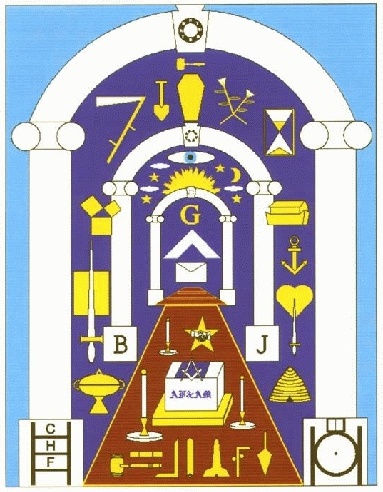
Ancient Sumeria
Located on the Persian Gulf, bordering Arabia was the land of the Sumerians. An ancient civilisation of which little is known about, but which definitely influenced the world that followed, even after their conquest by the Babylonians. Looking at the design of the temple of Al-‘Ubaid, we see interesting features that remind us of the inner sanctuary of the Masonic Lodge. Two pillars at the entry of the holy place, each temple being autonomous under the religious and civil leadership of the high priest or Master, a highly developed architectural system and the development of Common Law or Civil Law, all of which feature in Masonic development. Interestingly, the temples were responsible for general education and the training of the architectural arts, such as masonry and carpentry. Training exercises included applied geometry, such as the calculation of the area of plots of ground of irregular shapes through the use of squaring via right-angled triangles. But to try and establish Masonic traditions originating from Sumeria would be too great a leap of faith. Though the use of the Temple as an educational forum for architecture, reliance on geometry using the square, standardisation of the holy place with its two pillars may all have borne an influence, there was most likely an intermediary between the Sumerian culture and early Masonry. A civilisation that took the best of Sumerian technology, the structural organisation of the Romans, and provided the religious morality and secular teachings upon which the foundation of Freemasonry was built.
In Summary
So where does that leave us? Back to where Freemasonry can attribute much of what it has already incorporated. Whether it be its reliance on the Temple of Solomon for architecture, its use of Hebrew words in the rituals that have evolved without explanation, the precise movements through the inner sanctum in a particular fashion and direction, or even the orientation of the Lodge itself, all of which are based on ancient Jewish traditions. Just how much of the pie filling can be attributed to the priestly orders of Israel, I’ll discuss next time. As a descendant of the Kahana, from the House of Phiabi and the family of Aaron, I do feel there are numerous parallels between customs and traditions in my own family to those in Freemasonry. Was it merely a copy cat mentality, that someone drew up the teachings and rituals based on the knowledge gleaned from Talmudic and Old Testament writings two hundred years ago or was it the actual development of Freemasonry by a sector of the Israelite or Judaean society itself. I'll take a look at these similarities in Part 3.
